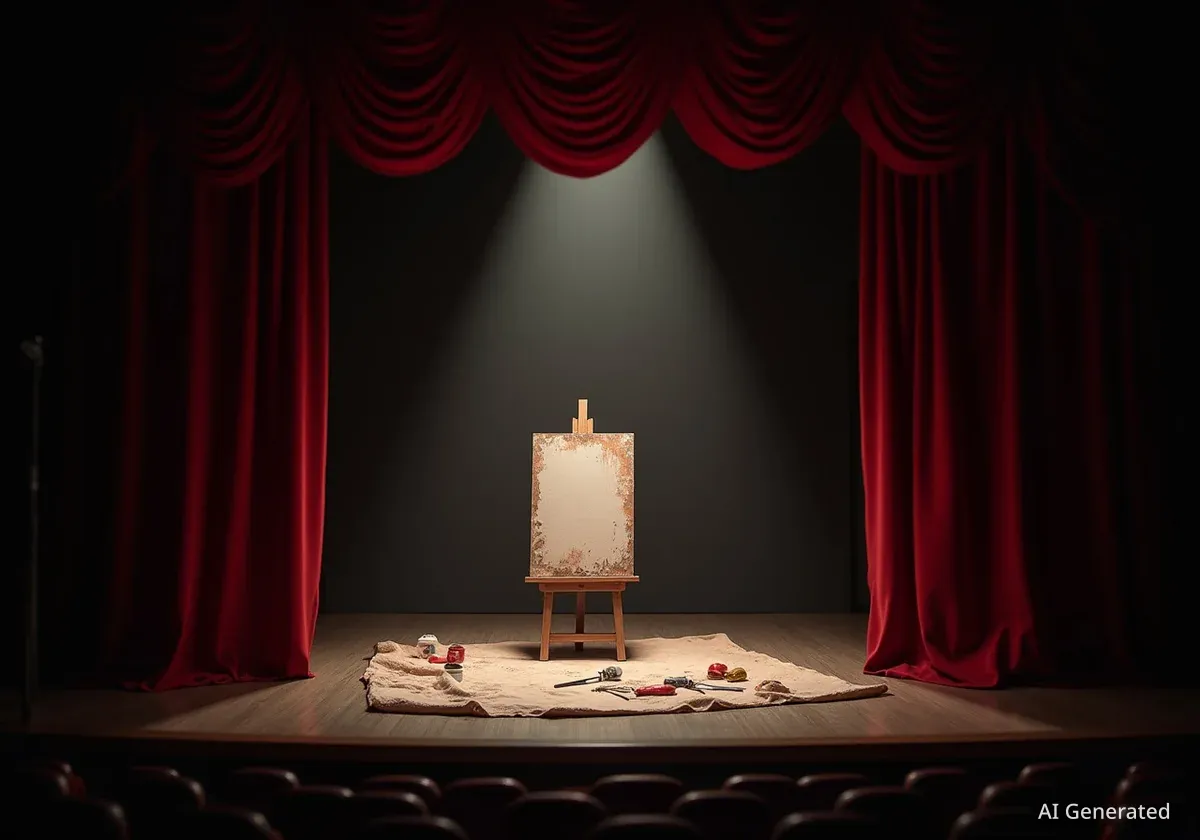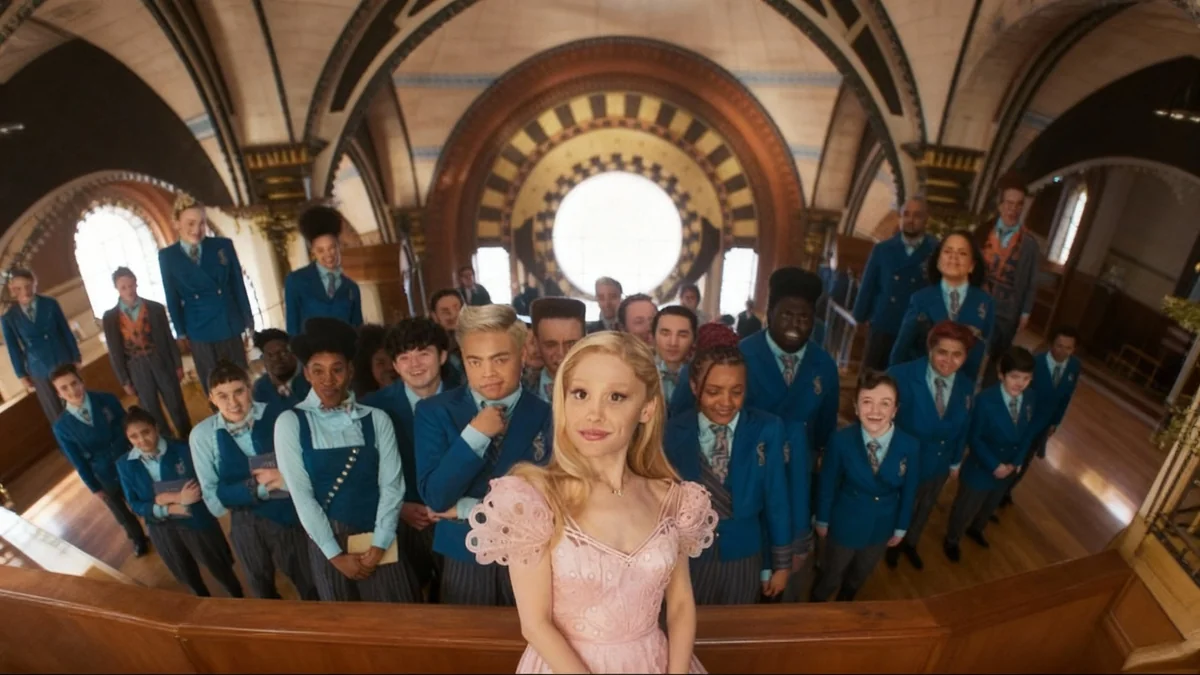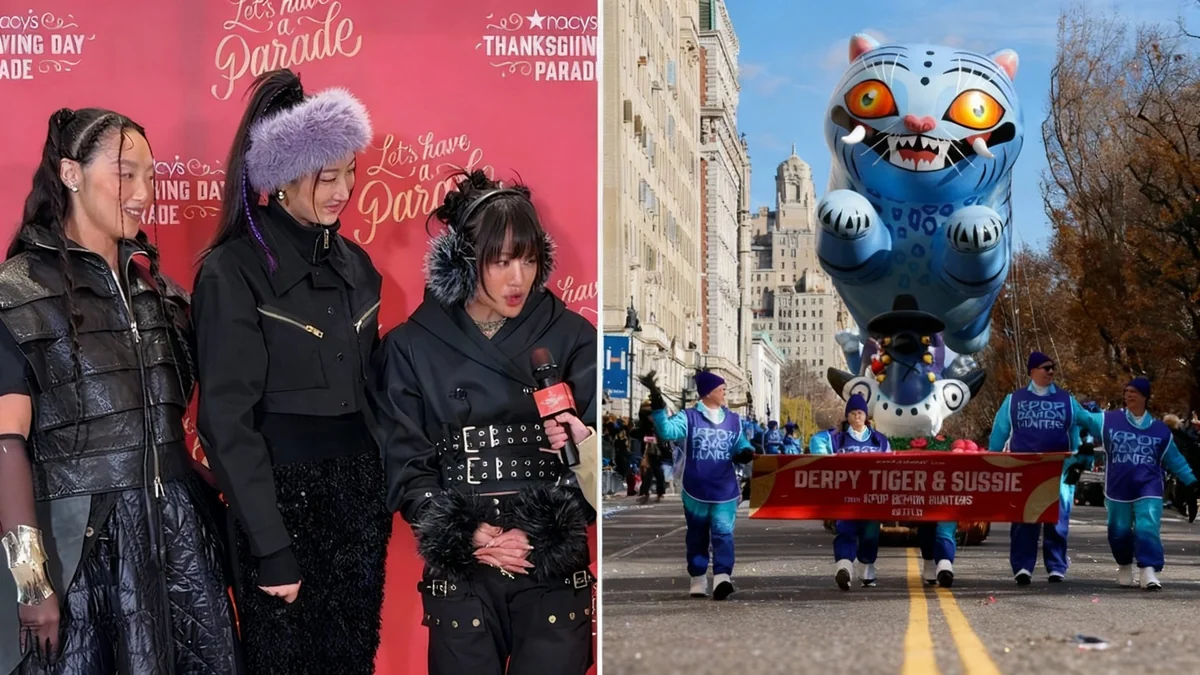A new stage production at London's Park Theatre, titled "Lee," delves into the life and career of artist Lee Krasner, focusing on her complex relationship with her husband, Jackson Pollock, and her struggle for artistic recognition. The play, written by Cian Griffin, is set 13 years after Pollock's death and examines themes of creative ownership, legacy, and the historical overshadowing of female artists.
Key Takeaways
- The play "Lee" by Cian Griffin is currently running at the Park Theatre in London.
- It centers on artist Lee Krasner's life and her professional and personal relationship with Jackson Pollock.
- The narrative explores Krasner's fight for her own artistic identity while managing Pollock's estate and legacy.
- The production stars Helen Goldwyn as Lee Krasner, Tom Andrews as Jackson Pollock, and Will Bagnall as a young artist.
Historical Context of the Production
The story of Lee Krasner is part of a broader historical narrative where female artists were often relegated to secondary roles as muses or partners to their more famous male counterparts. This pattern is seen with figures like sculptor Camille Claudel, whose career was linked to Auguste Rodin, and photographer Dora Maar, often defined by her relationship with Pablo Picasso.
Cian Griffin's play situates Krasner within this context, highlighting her position as a significant painter in the American abstract expressionist movement of the 1950s. For much of her life, she was publicly known primarily as "Mrs. Jackson Pollock." The production aims to re-examine her contributions and the personal and professional cost of being tied to such a dominant figure.
The Abstract Expressionist Movement
Abstract Expressionism was a post–World War II art movement in American painting, developed in New York in the 1940s. It was the first specifically American movement to achieve international influence. Lee Krasner and Jackson Pollock were central figures, known for their innovative techniques and emotionally intense work.
The Play's Narrative and Characters
Directed by Jason Moore, "Lee" unfolds in Krasner's studio in Long Island. The set, designed by Ian Nicholas, envelops the audience with representations of her work. The story is set in motion when a teenage delivery boy named Hank, played by Will Bagnall, interrupts Krasner, portrayed by Helen Goldwyn.
A Catalyst for Reflection
Hank, an aspiring artist, initially claims he wants Krasner to review his portfolio. However, his true purpose is to present an unsigned painting that he believes Pollock gave to his father years ago as payment for a grocery bill. He asks Krasner to authenticate the work, a request that forces her to confront her late husband's legacy and her role as its gatekeeper.
This interaction between the established, world-weary artist and the eager young disciple serves as the play's central dramatic device. Their dialogue explores fundamental questions about the nature of art, the motivation behind creation, and the systemic absence of female artists from the established art historical canon.
Jackson Pollock's Death
Jackson Pollock died on August 11, 1956, at the age of 44. He was killed in a single-car crash in Springs, New York, while driving under the influence of alcohol. One of the passengers, Edith Metzger, also died, while his mistress, Ruth Kligman, survived.
Portrayal of a Complicated Partnership
A significant element of the play is its depiction of the relationship between Krasner and Pollock. The character of Jackson Pollock, played by Tom Andrews, appears on stage not as a living person but as a memory or a manifestation of Krasner's inner critic. This spectral figure judges her work, argues with her, and reminds her of their turbulent past.
The script navigates the complexities of their bond, presenting a relationship that was both collaborative and deeply fraught with hostility. It touches upon Pollock's alcoholism and infidelity, including the mention of his lover who was in the fatal car crash. A line delivered by Pollock's ghost highlights their conflict over the creative space they once shared.
"I hate what you’ve done with the place," Pollock's character remarks about the studio, illustrating the lingering tension and his overbearing presence in her mind.
Artistic Ownership and Influence
One of the play's central themes is the question of intellectual and creative ownership within a partnership. The script suggests that Krasner was a co-developer, if not a co-founder, of the iconic drip-painting technique that made Pollock famous. This element of the plot addresses the subtle and overt ways in which creative contributions can be absorbed or appropriated within a relationship.
The play shows Krasner's unwavering dedication to her own work despite the immense shadow cast by her husband. Helen Goldwyn's performance portrays an artist who continues to paint not for fame, but out of an intrinsic need to create, navigating the grief and resentment tied to her past.
Production Details and Performance
The production of "Lee" at the Park Theatre provides an intimate setting for this character-driven story. The stage design by Ian Nicholas, which wraps paintings around the auditorium walls, creates an immersive environment that places the audience directly within Krasner's creative world.
The performances have been noted for their realism. Goldwyn's portrayal of Krasner captures the artist's resilience and frustration, while Bagnall's Hank represents a new generation grappling with the legacies of the past. The play's structure evolves from a philosophical dialogue into a focused examination of one woman's artistic survival.
"Lee" continues its run at the Park Theatre in London until October 18, offering audiences a theatrical perspective on a pivotal figure in 20th-century art whose story is increasingly being brought into the light.




